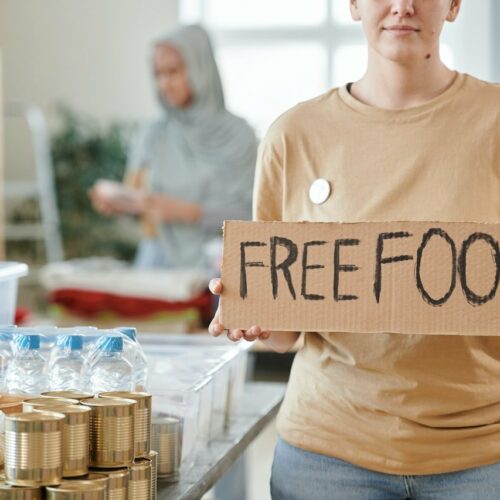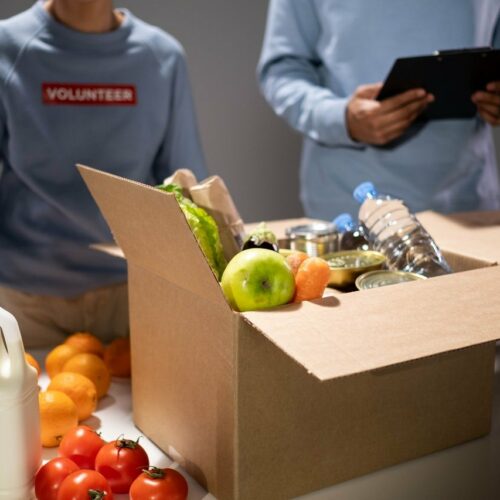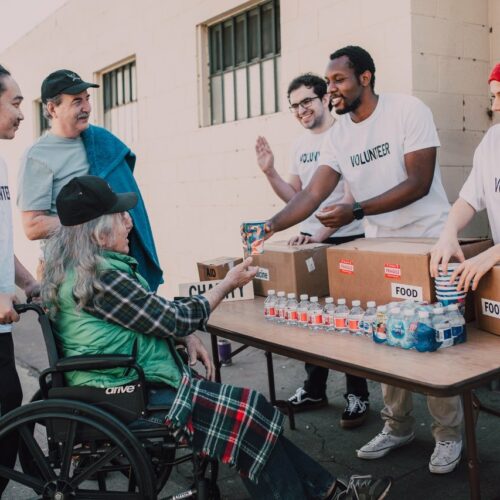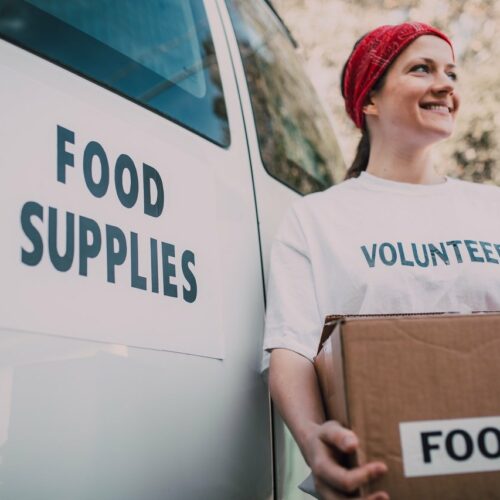Cooking as a Bridge Between Generations: How Food Brings Together Youth and the Elderly
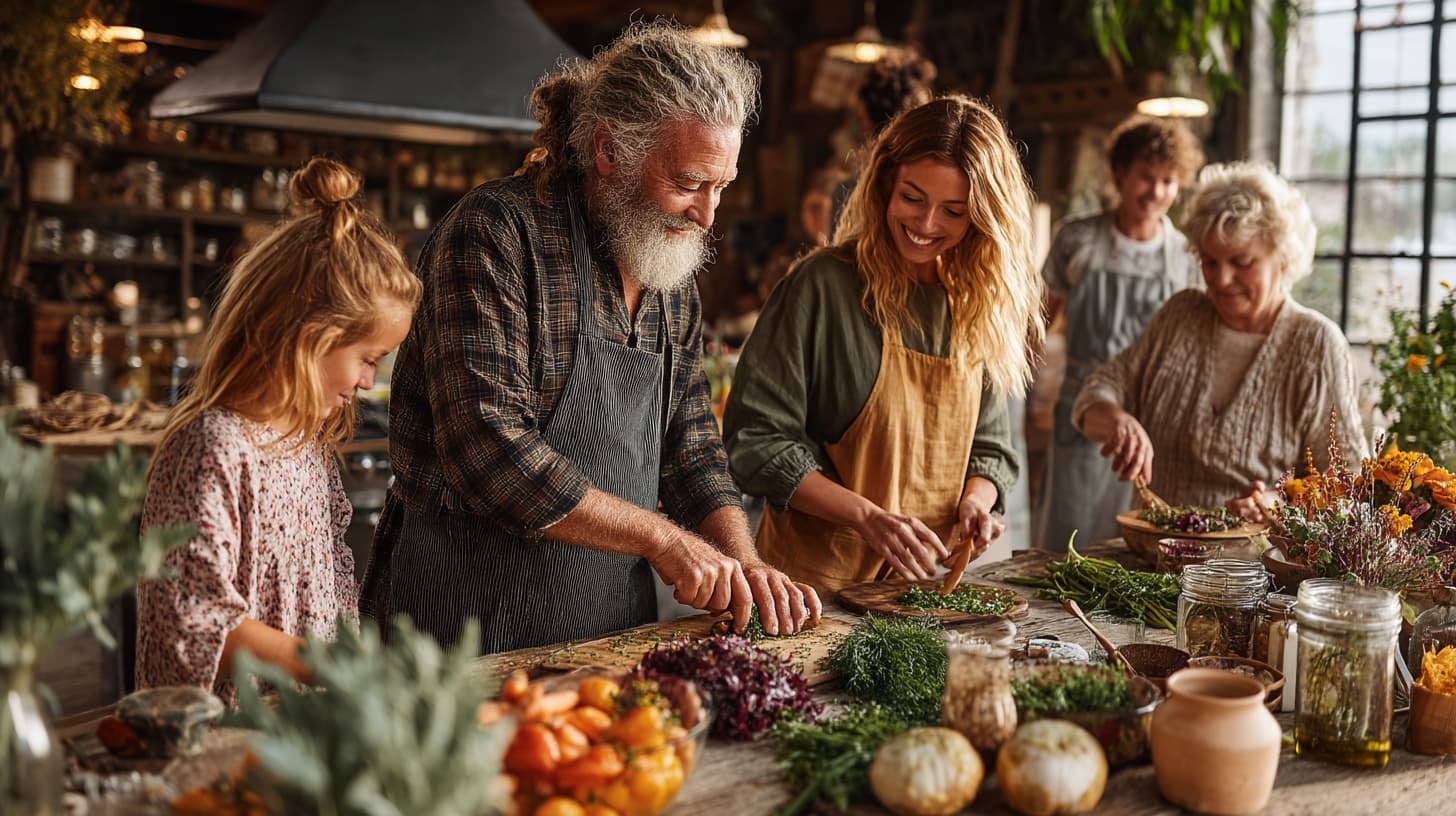
In a world that often divides generations by lifestyle, technology, and pace, there is one universal experience that continues to unite us across ages: food. The act of cooking, sharing, and eating meals is not only a necessity but also a powerful emotional and cultural connector. Increasingly, communities around the world are rediscovering how intergenerational cooking projects can heal divides, build empathy, and create a stronger sense of belonging.
From soup kitchens and community gardens to cooking classes and storytelling dinners, food-centered programs are helping the elderly and the youth discover common ground in the kitchen. More than a practical activity, cooking together offers a space where wisdom meets energy, memory meets curiosity, and tradition finds a new voice.
The Value of Shared Experience
At its core, cooking is about care. Whether preparing a simple meal or a multi-course dish, the act of cooking for someone is an expression of generosity and thoughtfulness. When young people and older adults come together to cook, they engage in a process that values time, attention, and shared purpose.
Unlike many modern interactions that are mediated by screens or shaped by generational stereotypes, cooking demands presence. It invites participants to slow down, collaborate, and communicate face to face. The kitchen becomes a neutral zone—neither classroom nor living room—where age is less important than cooperation and shared outcomes.
Passing Down More Than Recipes
One of the most beautiful aspects of intergenerational cooking is the transmission of knowledge. Older adults bring with them decades of culinary wisdom: family recipes, cultural traditions, cooking techniques, and kitchen hacks that have been passed down or perfected through trial and error.
For youth—especially those growing up in fast-food cultures or with limited exposure to traditional home cooking—this knowledge is both novel and enriching. It offers not just culinary skills but a sense of identity and connection to the past.
A grandmother teaching her grandchild how to make handmade pasta or a retired chef guiding teenagers through the art of making broth is doing more than instructing. They’re anchoring memory, emotion, and legacy in a shared task.
Healing Isolation and Building Trust
Many elderly individuals experience isolation, especially after retirement or the loss of close family members. Youth, too, can experience a different kind of isolation—feeling misunderstood, unsupported, or disconnected from broader community life.
Cooking together helps dissolve these emotional walls. Through small moments—kneading dough, tasting soup, peeling vegetables—trust begins to form. Laughter and mistakes become part of the process, and slowly, relationships take root.
In intergenerational kitchens, young people often gain a sense of purpose and mentorship, while older adults find renewed vitality and relevance. Each group brings something the other lacks: energy and innovation meet patience and wisdom.
Cultural Exchange Through the Senses
Cooking also becomes a stage for cultural dialogue. In communities with diverse populations, intergenerational food programs often serve as introductions to one another’s heritage. An elder might share traditional dishes from their homeland, while a younger participant brings in flavors from their family’s background.
These exchanges go beyond ingredients. They foster understanding of different ways of living, celebrating, and even grieving. Preparing a holiday dish or telling the story of a meal’s significance can bridge cultural gaps in ways lectures or textbooks never could.
It’s a mutual exchange: youth often bring new culinary trends, dietary awareness, or plant-based preferences into the mix. These perspectives enrich the cooking experience and introduce elders to contemporary food movements in an accessible, personal way.
Examples of Intergenerational Food Programs
Around the world, organizations are designing creative initiatives to bring generations together through food:
- Community kitchens that pair teens with seniors to cook meals for local shelters or food-insecure households
- Cooking mentorships where retired culinary professionals coach at-risk youth in basic cooking and life skills
- Cultural supper clubs where immigrant elders share heritage recipes with students learning about global cultures
- School programs that invite grandparents to teach cooking classes or host family recipe days
These programs not only strengthen community bonds but also serve practical needs—providing food, developing skills, and offering emotional support to both age groups.
The Role of Storytelling
Stories often accompany food. A recipe can carry with it tales of childhood, migration, celebration, or survival. When young people cook with elders, they don’t just learn how to make a dish—they learn the life that comes with it.
This storytelling enriches the experience and preserves oral histories that might otherwise be lost. For elderly participants, sharing stories can be healing and affirming. For youth, listening builds empathy and context for the world beyond their immediate experience.
Storytelling over simmering pots and baking trays brings history to life in a tangible, nourishing way.
Modern Applications in a Digital Age
Even in virtual settings, intergenerational cooking can flourish. Video calls between grandparents and grandchildren preparing meals “together” in different kitchens have become more common, especially since the COVID-19 pandemic. Digital recipe books, video tutorials, and shared photo albums allow food memories to be created and passed down even when physical proximity isn’t possible.
Technology also supports wider reach—community centers can livestream cooking classes hosted by elders, inviting participation across neighborhoods and age groups.
Conclusion: More Than Just a Meal
Cooking is more than a domestic chore or hobby—it’s a profound act of connection. When young people and older adults share a kitchen, they do more than prepare food. They create space for listening, learning, and understanding. They challenge stereotypes, build resilience, and rediscover shared humanity.
In a fragmented world, the kitchen can serve as common ground. Through intergenerational cooking, communities rediscover that what unites us—flavor, memory, care—is stronger than what divides us.
Whether it’s rolling dough with a grandfather, preparing soup with a neighbor, or learning a new dish from a different culture, these moments nourish more than the body. They feed the soul, and in doing so, they strengthen the social fabric one meal at a time.
In a world that often divides generations by lifestyle, technology, and pace, there is one universal experience that continues to unite us across ages: food. The act of cooking, sharing, and eating meals is not only a necessity but also a powerful emotional and cultural connector. Increasingly, communities around the…
Posts
690 million people do not get enough food to lead healthy and active lives. As conflicts, climate change, and economic instability continue to escalate around the world, hunger is on the rise.


